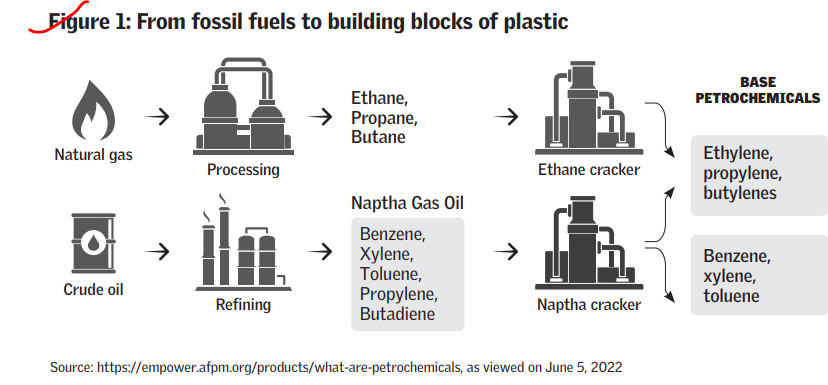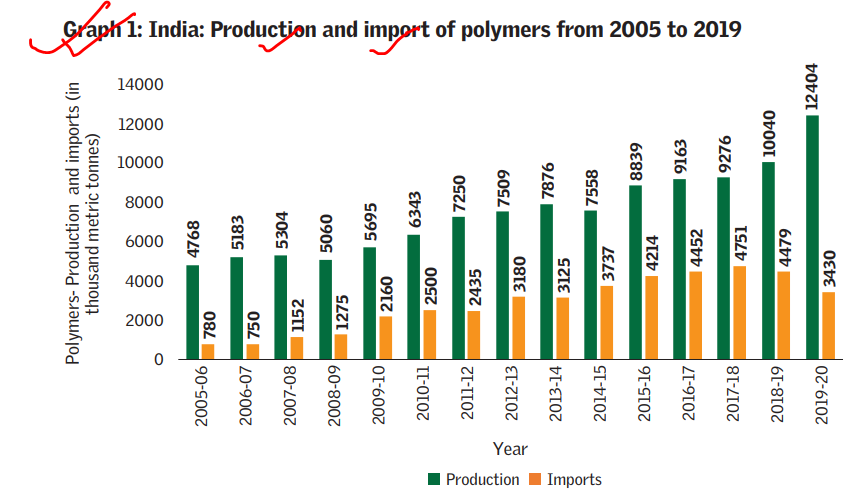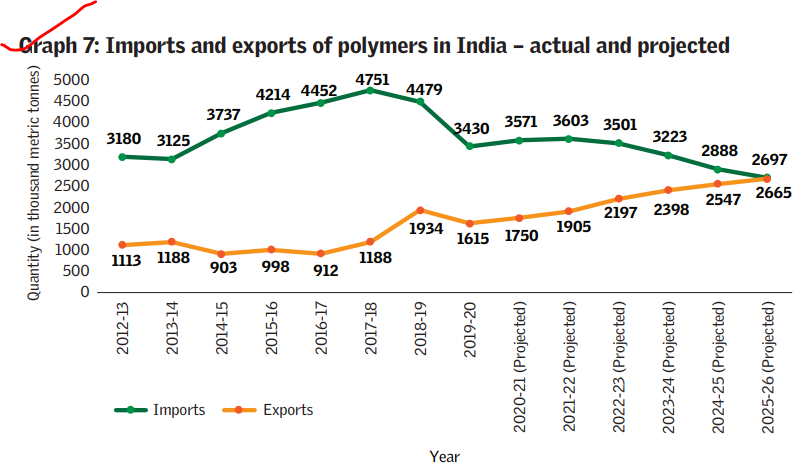Goaltide Daily Current Affairs 2022
Current Affair 1:
The Plastic Life cycle report: Important information about Plastics.
Few information I have gathered from entire report and included here. Just go through images and learn.












Current Affair 2:
A reptile endemic to India, the Jeypore Ground Gecko, has been included in Appendix II of the CITES
News:

A reptile endemic to India, the Jeypore Ground Gecko, has been included in Appendix II of the Convention on International Trade in Endangered Species (CITES).
The animals listed under Appendix II may not necessarily be threatened with extinction, but trade in such species should be controlled to ensure it does not threaten their existence.
The proposal to include the gecko in Appendix II was made by India at the recently-concluded 19th Conference of Parties (COP19) to CITES in Panama City. The proposal was adopted by the members of the Working Group.
In 2019, the Jeypore Ground Gecko was assessed for the International Union for Conservation of Nature (IUCN)’s Red List of Threatened Species and was listed as ‘endangered’.
The wild reptile species is found in the Eastern Ghats and is known to be present in four locations including southern Odisha and northern Andhra Pradesh.
Current Affair 3:
EXTENDED PRODUCER RESPONSIBILITY (EPR) IN INDIA: Complete information
EPR was ‘loosely’ introduced in the Plastic Waste Management Rules, 2016 in India as there were no targets assigned for collection or recycling. Most of the brands were voluntarily collecting back plastic waste from communities, mixing their EPR mandate with their corporate social responsibility (CSR) mandate. Claims made for collection of hundreds of tonnes of plastic could not be verified.
In February 2022, the Plastic Waste Management Amendment Rules were notified. They broaden the scope of the EPR with specific targets on collection, recycling and use of recycled content. While this latest notification leapfrogs from where we started, there still exist some loopholes which will need to be carefully plugged as we move ahead.
WHAT DOES EPR MEAN?
EPR is a policy tool that helps promote the principle of ‘polluter pays’ and places the liability of collection, recycling, and re-use of plastic waste on entities that are responsible for introducing plastic packaging.
HOW DOES EPR WORK?
The liability of extended producer responsibility gets passed on from the seller of a commodity to its purchaser – in this case, plastic packaging – to avoid duplication in accounting.
It means that when a producer buys plastic from an importer, and then directly places the product on the market, the liability to collect back and recycle falls on the producer. Similarly, if a brand owner buys plastic from a producer or an importer and uses it to place its products on the market, the brand owner becomes liable for end-of-life management of that amount of plastic waste.
The collection target (also known as EPR target) is arrived at by calculating the average of the amount of the plastic that a polluter has placed on the market in the last two consecutive years.
EPR is ‘brand neutral’ – this means that a polluter does not necessarily limit itself to its own plastic packaging while collecting back; it can collect and recycle plastics put on the market by any other brand to fulfil its EPR targets. However, the 2022 EPR notification binds the polluter to the plastic category. This means the EPR targets for every polluter will have to be fulfilled only for the category of plastic that they release into the market. For instance, if a polluter does not use multi-layered plastic (MLP-category IV as per the EPR policy) for packaging any of its products, it does not have the liability to collect MLP.
The new EPR policy also introduces a plastic credit system. This implies that if a polluter manages to recycle more plastic waste than it had put into the market, it can either carry it forward for consideration in the following fiscal year or sell it off to another polluter who has a mandate to recycle the same category of plastic.
The EPR certificates can only be issued to the ‘polluters’ by authorised plastic waste processors/recyclers.
WHAT ARE THE CATEGORIES OF PLASTICS AS PER THE EPR POLICY?
The EPR policy has divided plastics into four broad categories:
- Rigid plastics- Category I
- Flexible plastics (made up of more than one layer of plastic and may contain different types of plastic material)- Category II
- Multi-layered plastics (at least one layer of plastic along with a layer of non-plastic material)- Category III
- Compostable plastics- Category IV
This is the first time that such a categorisation has been done on the basis of properties of plastics. The 2016 Plastic Waste Management Rules did not specify any such categorisation.
There is also an inclusion of ‘pre-consumer plastic waste’ apart from the ‘post-consumer plastic waste’ for which EPR needs to be fulfilled. Pre-consumer plastic waste is the plastic packaging waste generated in the form of rejects or discards at the stage of manufacturing, before it reaches the end-use consumer. Post-consumer plastic waste is plastic packaging waste generated by the end-use consumer after the intended use of packaging is completed.
Current Affair 4:
ISRO Completes Major Development Test of its Gaganyaan Parachute System
News:

Vikram Sarabhai Space Centre conducted a major development test “Integrated Main Parachute Airdrop Test, or IMAT “ of its crew module deceleration system at the Babina Field Fire Range (BFFR) in the Jhansi district of Uttar Pradesh. This test marks a significant milestone toward realizing the nation's ambitious Gaganyaan project.
Parachute based Deceleration system for Crew module
The Integrated Main Parachute Airdrop Test simulated the case when one Main parachute failed to open and it is the first in a series of tests planned to simulate different failure conditions of the parachute system before it is deemed qualified to be used in the first human spaceflight mission.
In this test, a 5-ton dummy mass, equivalent to the Crew module mass, was taken to an altitude of 2.5 kilometres and dropped using the Indian Air force’s IL-76 aircraft. Two small pyro-based mortar-deployed pilot parachutes, then pulled the Main parachutes. The fully inflated Main parachutes reduced the payload speed to a safe landing speed as the entire sequence lasted about 2-3 minutes and the payload mass landed softly on the ground.
The design and development of the Parachute based Deceleration system for Crew module is a joint venture between Indian Space Research Organisation (ISRO) and the Defence Research and Development Organization (DRDO) and with this test, a significant milestone toward realizing the nation's ambitious Gaganyaan project is achieved with the active coordination between the country’s premier agencies, namely ISRO, DRDO, the Indian air force, and the Indian Army.
<< Previous Next >>



